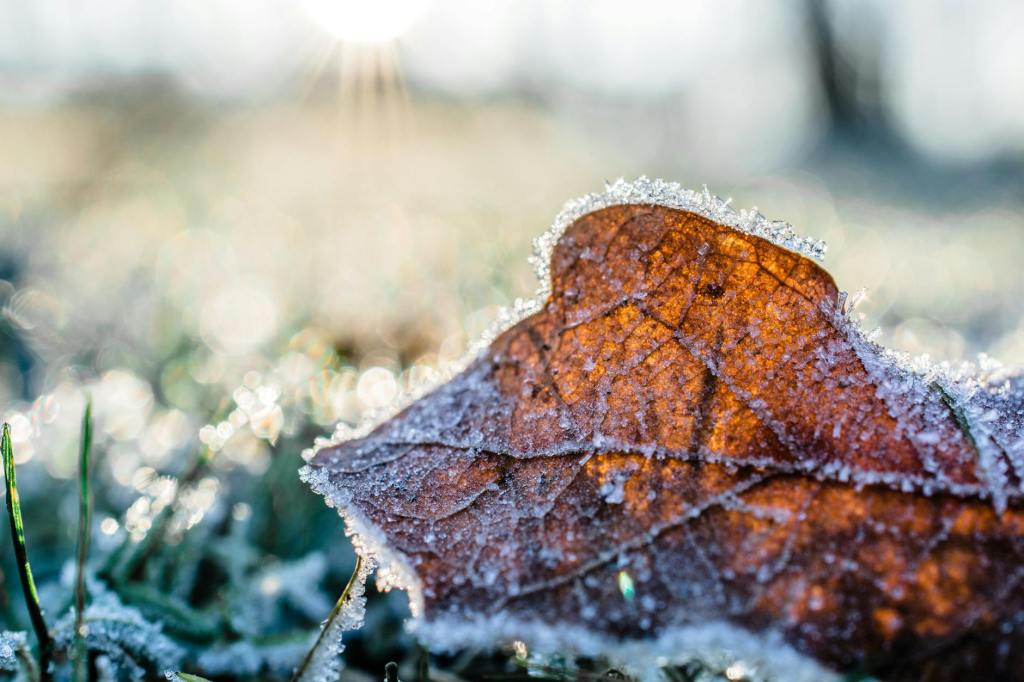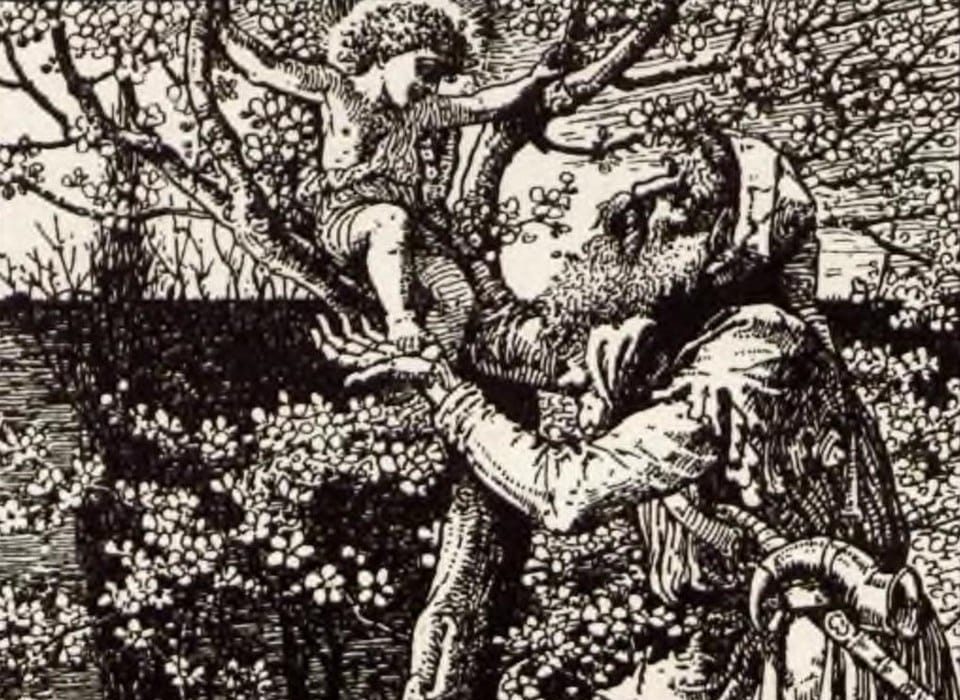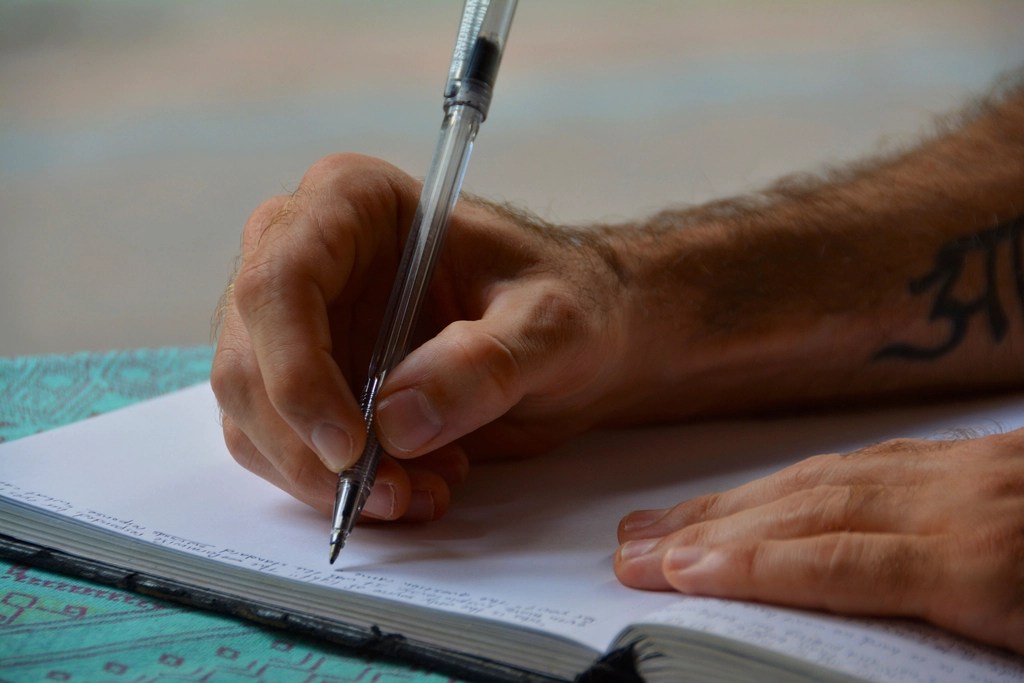Emily Dickinson crafted phenomenal poetry and led an interesting life, albeit a quiet one. Her poems, such as “Faith” and “Much Madness is Divinest Sense” give credence to her ability to craft verse, and her body of work is more than exceptional in the face of modern literary studies. Nevertheless, the mark of a good artist is someone whose art is worth talking about and someone whose life is worth discussing (e.g. Hemingway, Fitzgerald, Stein). This is regardless of their interest in abstaining from the broader culture. For today’s post, we will examine Dickinson’s life and a few of her achievements.
Dickinson’s Biography
Early Years
Dickinson was born on Dec. 10, 1830 in Amherst, Massachusetts. She was the middle child of three children and grew up in a strongly devout area of New England. She was close with her two siblings and by all accounts experienced a lovely childhood under the roof of her lawyer father and housekeeper mother.
Dickinson went to Amherst Academy and was an excellent student and later attended Mount Holyoke Female Seminary; however, according to researchers, she may have left school for a variety of reasons.
“… theories offered say that her fragile emotional state may have played a role and/or that her father decided to pull her from the school. Dickenson ultimately never joined a particular church or denomination, steadfastly going against the religious norms of the time.”
(biography.com)
Other research claims that her leaving school was due to Holyoke’s “strict rules and invasive religious practices, along with her own homesickness and growing rebelliousness, help explain why she did not return for a second year” (Britannica.com).
Budding Poet
In her youth, Dickinson was writing and crafting hundreds of poems, which explored ideas of the burlesque (“Valentines”) and viewing the world through a more altruistic lens. She was also a letter writer and had crafted a great deal in her youth, with a few letters from as early as age 11 still in existence. By the age of 35, Dickinson had written more than 1,100 poems about a variety of subjects, from grief to nature. Many of these poems were put down in fascicles, or handmade booklets.
Here is an example of a short poem titled “Faith is a fine invention” that was penned by Dickinson in 1891:
“Faith”is a fine invention
For Gentlemen who see!
But Microscopes are prudent
In an Emergency!
Poetryfoundation.org
And, while Dickinson didn’t share many poems through publication, she certainly sent a great deal to friends and family, sending her mother Susan “more than 250 poems” and to her friend Thomas Wentworth Higginson “about 100 poems”(emilydickinsonmuseum.org).
I don’t even think I’ve sent that many emails in my life.
Later Years and Seclusion
Dickinson’s hermit lifestyle in her late years is almost as famous as her poetry. She lived a quiet life (always had seemingly) with her sister and extended family—her brother even bought the lot next door to the family home to raise his own children. Speculation is somewhat rampant as to why Dickinson decided to dive deeper into isolation in her later years.
“Scholars have thought that she suffered from conditions such as agoraphobia, depression and/or anxiety, or may have been sequestered due to her responsibilities as guardian of her sick mother. Dickinson was also treated for a painful ailment of her eyes.”
(biography.com)
Emily Dickinson died of kidney disease in Amherst on May 15, 1886.
Notable Works
- Success is counted sweetest (1859)
- Hope is the thing with feathers (1861)
- I felt a funeral in my brain (1861)
- Wild Nights! – Wild Nights! (1861)
- Because I could not stop for death (1863)





Leave a comment